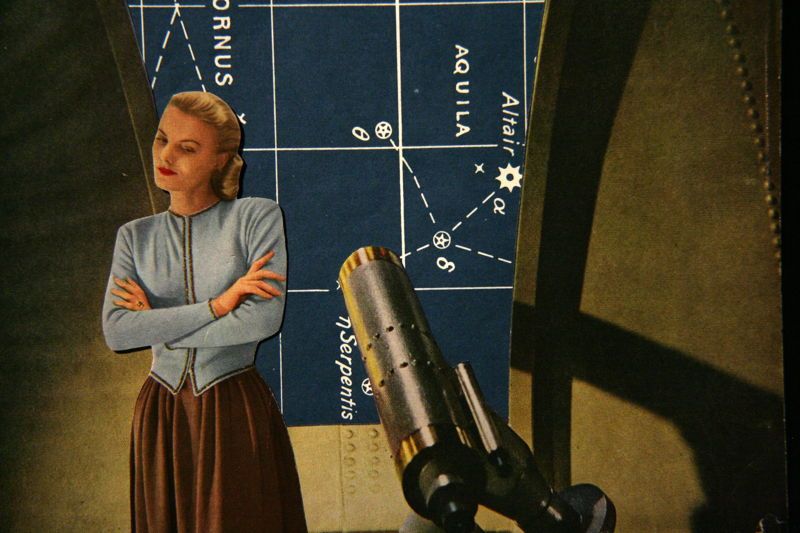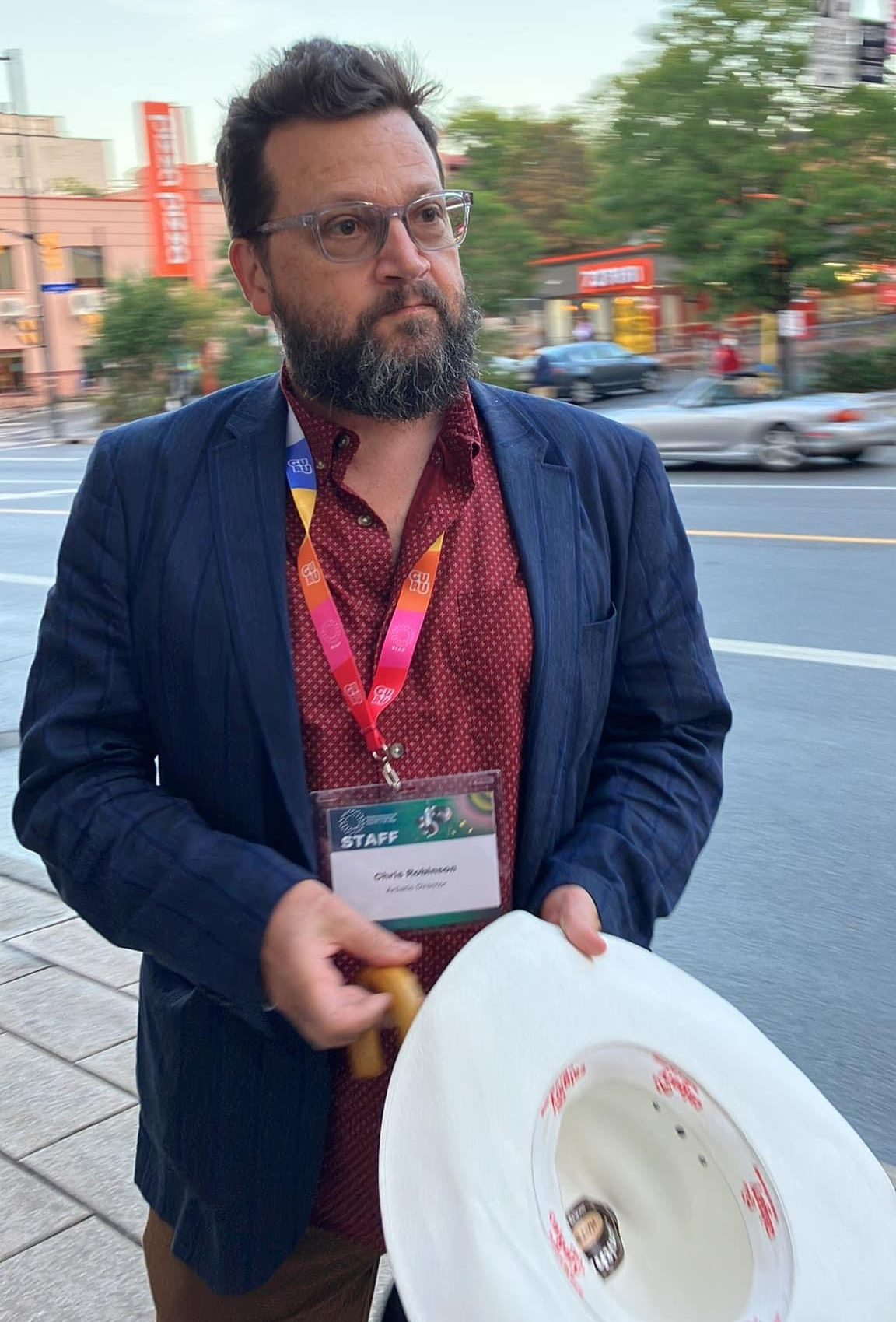
The use of collage is ubiquitous these days!

The use of collage is ubiquitous these days. With the rise of digital technology and software tools like good ol’ Photoshop, mixing and matching imagery has become a standard. Every day we’ve got memes, deep fakes, and altered images. Since the 1990s, Machinima has enabled users to hijack and alter video game environments to create their works. Even mainstream Hollywood resurrects actors/characters using borrowed materials (e.g. Rogue One, The Mandalorian). Before that, vintage footage of Fred Astaire was altered and re-used for a vacuum commercial. Collage extends well beyond the walls of visual art. In literature, collage or cut-up techniques were popularized by William S. Burroughs and Brion Gysin but were rooted in the Dada movement of the 1920s. Sampling and mash-ups (a collision of two songs) have been a decades-old mainstay. Collage elements are so dominant now that we don’t know the real from the phony.
Collage art and film date back to the early 20th century (the earliest collages have roots in 12th-century Japan). It was rooted in the age of consumerism where artists addressed an array of political and social issues by creating a carefully crafted collision of pre-existing images and sounds to generate new meanings and commentaries on the surrounding world.
Beyond that, the collage technique has also pushed the boundaries of animation by incorporating other artistic forms (e.g. photography, live action, experimental cinema, literature, found sound) while exploring various social, cultural and political issues.
In conjunction with the release of his latest book, Earmarked for Collision – A Highly Biased Tour of Collage Animation, Chris Robinson takes us on a brief journey through the history of collage animation exploring its craft and artistic roots while introducing us to some of the most notable collage animators.
Chris Robinson is a writer, author, and the Artistic Director of the Ottawa International Animation Festival (OIAF). He was the 2020 recipient of the award for Outstanding Contribution to Animation Studies by Animafest Zagreb. In 2022, he received the Prix Rene Jodoin for his contributions to Canadian animation. Robinson has been called “one of the stylistically most original and most provocative experts in the history of animation.
He has authored over 13 books including: Estonian Animation: Between Genius and Utter Illiteracy, The Animation Pimp, Unsung Heroes of Animation, Japanese Animation: Time out of Mind, Mad Eyed Misfits, and Earmarked for Collision: A Highly Biased Tour of Collage Animation
Robinson also wrote the Award-winning animated short, Lipsett Diaries (2010) directed by Theodore Ushev.
This activity is organized with the support of the Embassy of Canada to Croatia and Kosovo.
21
Friday
- 4:00 pm -
- Jusuf Gërvalla